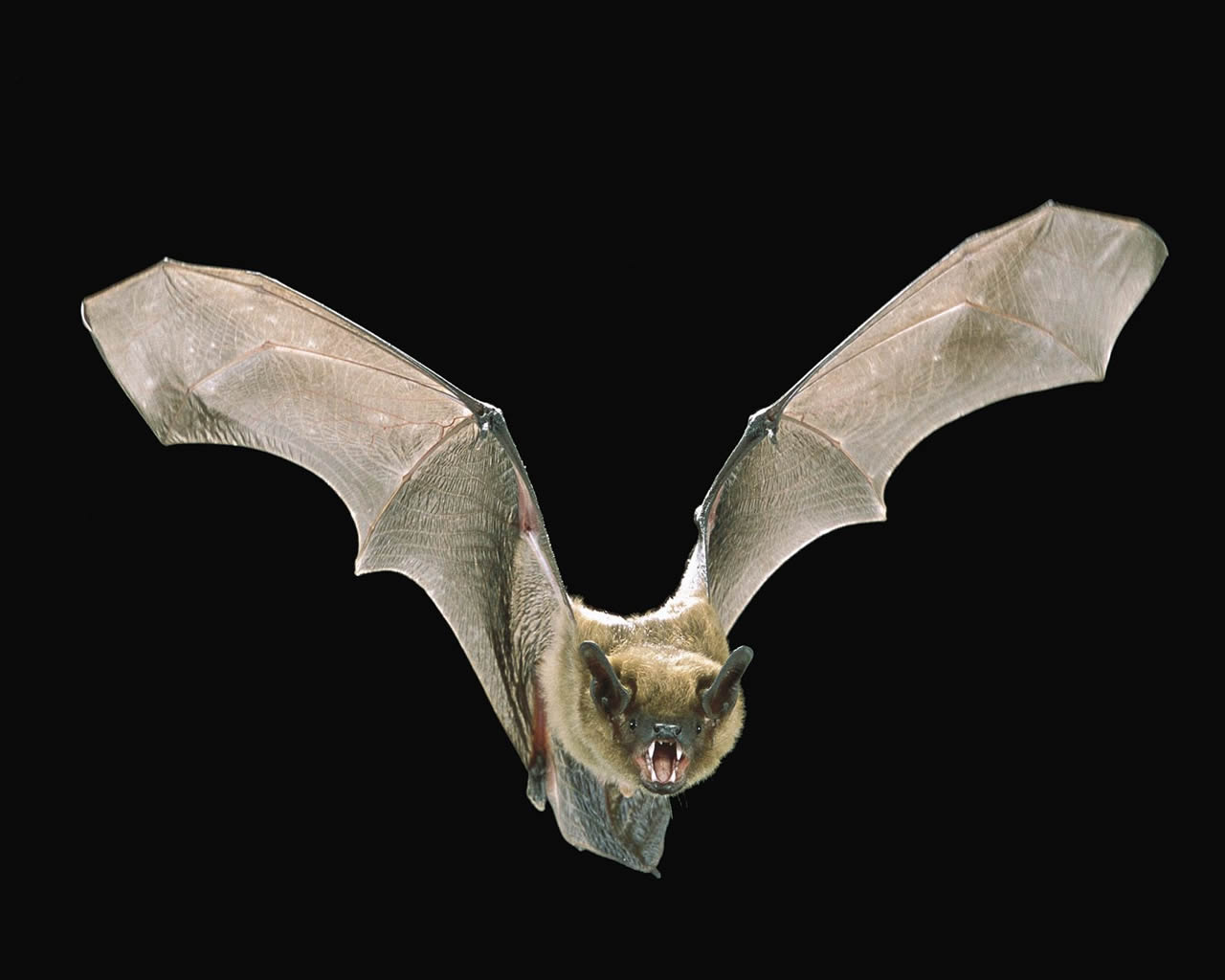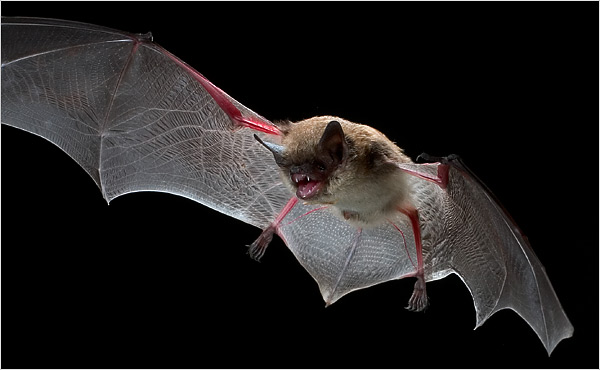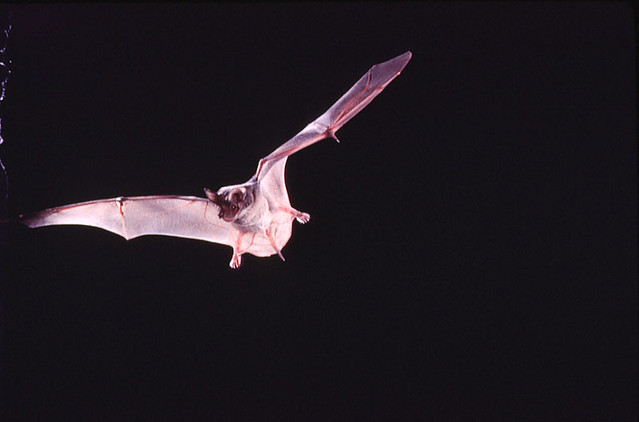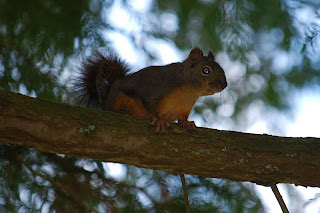Bing Images
I awakened to a soft flapping, passing close over my head. It circled rapidly back and forth, within the confines of our small bedroom. Although I’d never heard it before, instinctively I knew exactly what it was.
Bing Images
In the darkness, my husband’s silhouette stood out against the pale square of window. The logical, naturalist part of my brain knew that this was perfectly harmless - more at home and able to “see” in the dark than we were. But the more primitive, heard-all-the-old-wives’-tales part screamed BEWARE! so I ducked under the covers in spite of myself.
Bing Images
Bing Images
Searching for its entrance, we discovered another one struggling to emerge from between the metal insert and the rock front of the fireplace. Carefully grasping it with a pair of tongs, we placed it in a large jar, punched holes in the lid, and called it a night.
Bing Images
The next morning, we got a close-up look at one of these marvelous little creatures. One of the most common kinds, the Little Brown Bat (Myotis lucifugus) has a species name which appropriately means "flies from light". To maneuver so well in darkness, it relies on echo-location, emitting high pitched sounds which reflect off of solid objects and inform the bat of its position with respect to these objects. Although we could not hear the sounds, that is undoubtedly how the bat found the open doors.
Bing Images
Bing Images
Although bats can carry rabies or other diseases, rarely are humans infected. Unfairly maligned, they don’t purposely attack or fly into the hair of humans, seeking instead to avoid them when at all possible. The ones that invaded our space probably did so out of confusion. Having spent a quiet summer roosting in our chimney, the first fire of the season had disoriented them, sending them downward and seeking a way out. The one that crawled free found itself still trapped and, following the scent of fresh air, crawled with ease and agility through the one-inch space under the bedroom door. It had no way of knowing that the window was screened, that the two of us lurked inside. That, armed with our weapons of choice, we’d soon create bedlam in its quiet little life. Who’s batty now?



















































